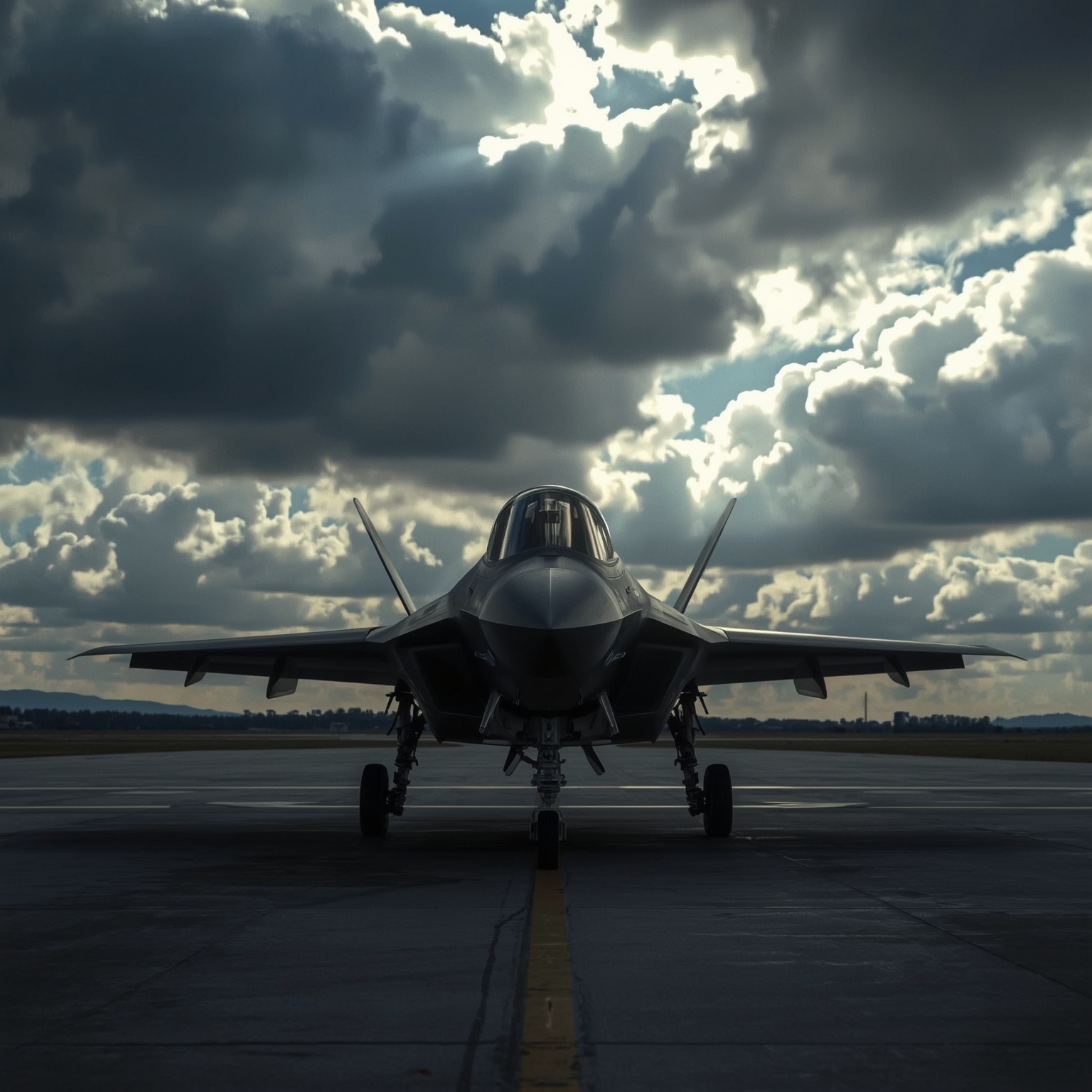The United States military is confronting an increasingly serious challenge as production and delivery schedules for its cutting-edge F-35 Lightning II Joint Strike Fighters continue to experience significant setbacks, according to an in-depth evaluation recently released by the Government Accountability Office (GAO), the congressional watchdog responsible for monitoring federal programs.
The GAO’s latest report, published on Wednesday, reveals that much of the fighter fleet delivered in 2023 by the principal contractor, Lockheed Martin, alongside its critical engine partner Pratt & Whitney, failed to arrive on time. On average, those aircraft were received approximately two months late, with a calculated delay of about sixty-one days across the board. While already problematic, the report underscores that the situation worsened dramatically in 2024, as every single F-35 scheduled for delivery was delayed. This time, however, the average postponement ballooned to an astonishing 238 days, effectively extending lead times by more than half a year.
Investigators attributed the primary source of these persistent hold-ups to the incorporation of Technology Refresh 3, commonly referred to as TR-3. This package of upgrades constitutes a sophisticated combination of new hardware and advanced software that is not merely an incremental adjustment but the essential technological foundation for a much larger effort known as Block 4 modernization. Initially projected to cost roughly two billion dollars, the modernization program has since experienced substantial escalations, with estimates now indicating that the initiative could consume an additional six billion dollars while also running approximately five years behind its original completion schedule.
The GAO further highlighted deep concerns with the Pentagon’s use of contractor incentives intended to improve timeliness. Despite the Department of Defense allocating millions of dollars in fees designed to encourage punctual deliveries, the structure of those incentives still permitted contractors to receive partial bonus payments even if they failed to meet the promised deadlines by as much as sixty days. This has raised questions regarding the effectiveness of such financial mechanisms in actually mitigating delays, as opposed to unintentionally rewarding underperformance.
In response to the findings, a spokesperson for Lockheed Martin emphasized the capabilities and strategic significance of the F-35 platform. The company reiterated that the aircraft remains battle-proven and represents the most cost-efficient and effective option available for ensuring both the United States and allied nations maintain a critical technological advantage over adversaries. Lockheed Martin also stressed its ongoing commitment to delivering between 170 to 190 F-35s this year, while simultaneously rolling out Block 4 enhancements to safeguard the fighter jet’s position as the premier air superiority platform.
The broader F-35 program encompasses three distinct variants, each tailored for the Air Force, the Navy, and the Marine Corps. As the most expensive fighter aircraft development program in history, it has long been the subject of scrutiny due to its astronomical lifecycle expenditures. Concerns are particularly acute regarding sustainment and operational costs, which have continuously risen despite years of effort to rein in expenses. Yet, in spite of recurring cost overruns, ongoing technical hurdles, and recurring performance-related deficiencies, the Pentagon remains committed to procuring approximately 2,500 aircraft in total. Moreover, global allies continue to place significant orders, reflecting the perception that the F-35, as a fifth-generation stealth fighter capable of penetrating heavily defended airspaces, is indispensable to maintaining collective defense superiority.
Importantly, the GAO has also revised upward its estimate for the fighter’s lifetime cost. Previously pegged at $1.7 trillion, the figure has now surged past $2 trillion, covering everything from procurement and continued operations to long-term sustainment expenditures over the decades in which the fleet is expected to remain active. Simultaneously, indicators of operational readiness have deteriorated. Both actual aircraft availability and scheduled flight hours have declined, while a separate GAO report published in 2023 revealed that the F-35 fleet was rated as mission-capable just over fifty percent of the time. This statistic starkly illustrates the ongoing challenges related to aircraft reliability, maintenance bottlenecks, and overall readiness — factors that threaten to undercut the program’s strategic value even as costs continue to escalate.
Sourse: https://www.businessinsider.com/f-35-stealth-fighter-deliveries-have-been-falling-behind-watchdog-2025-9



